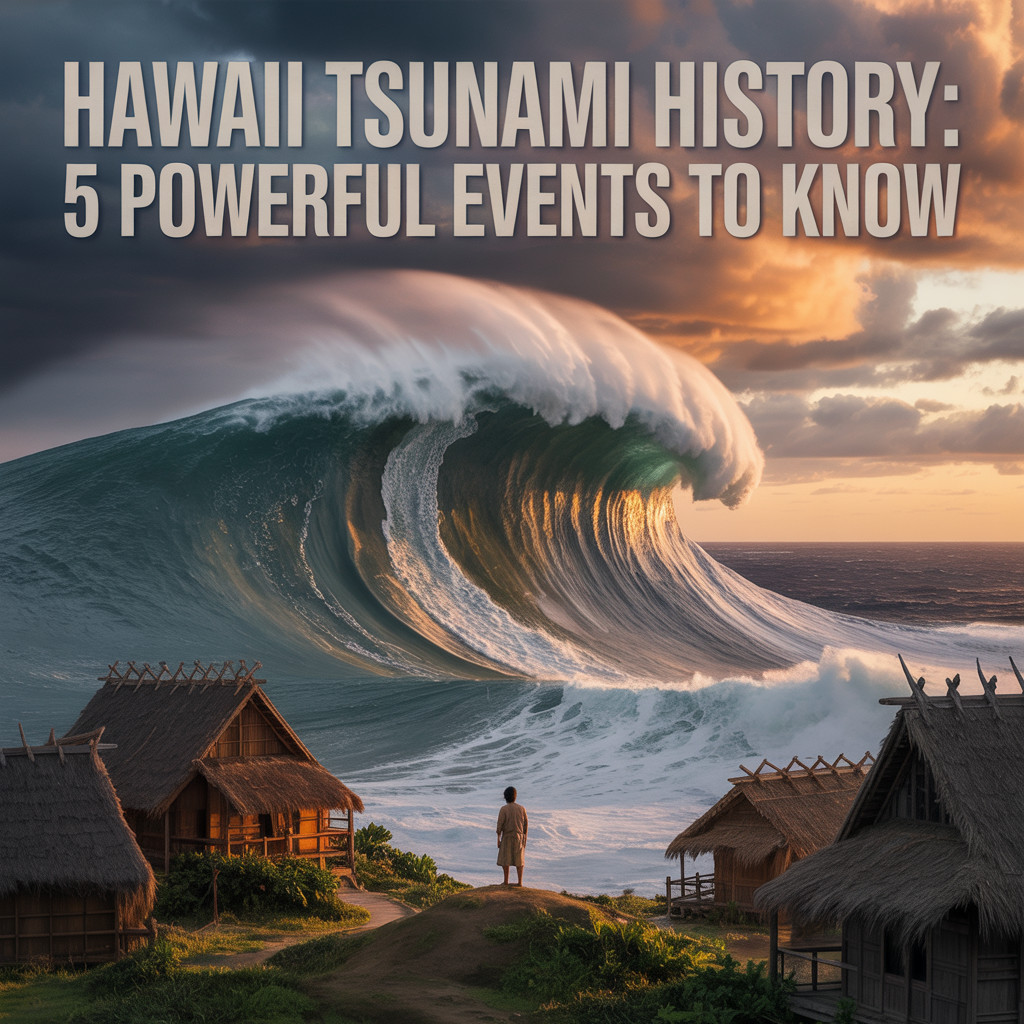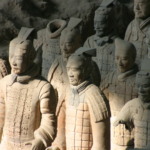Introduction
A Land Surrounded by Perilous Waters
With its balmy winds, azure waters, and volcanic landscapes, Hawaii tsunami history is a perfect place to live. However, underlying all of that beauty, there lurks a persistent danger: tsunamis. A Hawaii Tsunami History is a constant reality of Hawaiian life, not just an isolated issue.
Why Study Tsunami History?
Knowing Hawaii tsunami history is more than just recalling past disasters; it’s also about understanding how the islands’ culture, cities, and public safety have been influenced by them.
What Causes Tsunamis in Hawaii?

Plate Tectonics and the Ring of Fire
The Pacific “Ring of Fire,” which includes Hawaii, is renowned for its intense geological activity. Massive waves that can travel thousands of miles can be caused by underwater earthquakes, volcanic eruptions, and landslides in this area.
Distant vs Local Tsunamis
Some tsunamis originate in distant places, such as Chile or Japan, and travel to Hawaii over several hours. Others are local; they originate off the coast and hit in a matter of minutes. While both are risky, local ones give you much less time to respond.
The First Recorded Tsunami in Hawaii
The 1819 Tsunami from Chile
The 1819 tsunami, which followed a powerful earthquake in Chile, made its way to Hawaii long before contemporary warning systems. Many people died, and residences along the coast were damaged by waves. Legends and early written records of this incident endure.
Oral Histories Passed Down
According to Hawaiian elders, the ocean once “pulled back” before roaring back. These myths helped teach generations to fear and appreciate abrupt shifts in the water.
The 1946 Aleutian Islands Tsunami
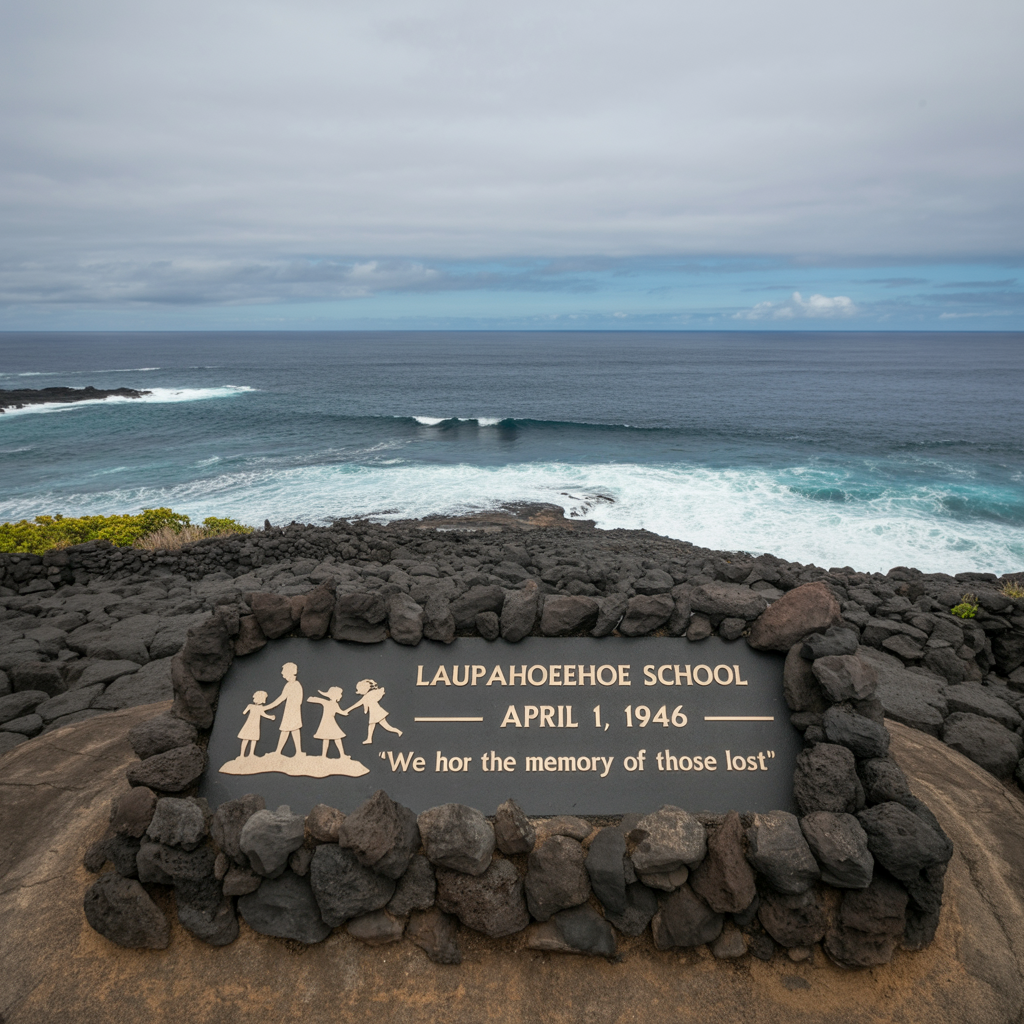
The Deadliest in Hawaiian History
No joke, April 1, 1946. Waves more than fifty feet high were caused by an earthquake of magnitude 7.4 in the Aleutian Islands. In less than five hours, the tsunami arrived in Hawaii.
Impact on Hilo and Other Cities
Hilo was heartbroken. Homes were destroyed, ships were flung ashore like toys, and more than 170 people perished.
The Tragedy at Laupahoehoe School
In a tragic tale, the unexpected wave killed 24 kids and instructors at Laupahoehoe School. In their honor, a memorial now exists.
The 1960 Chilean Tsunami
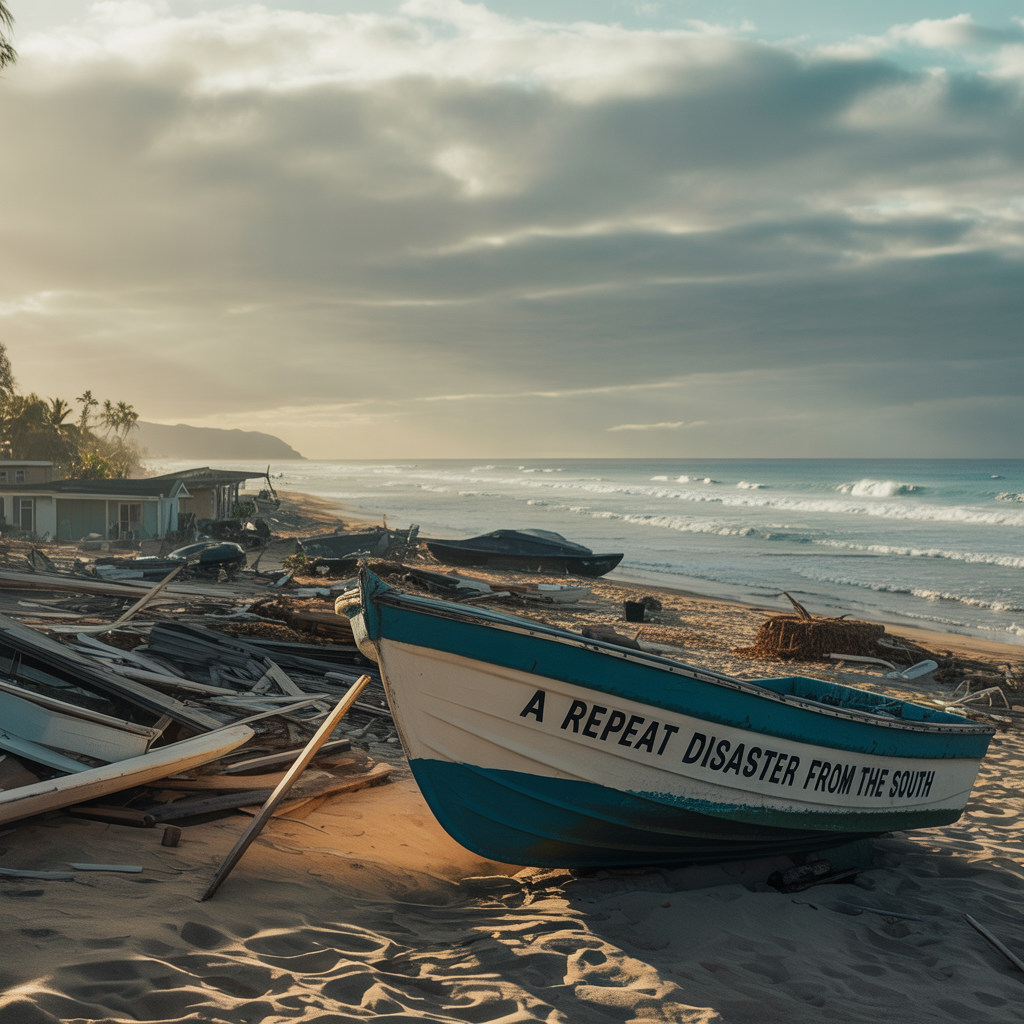
A Repeat Disaster from the South
Hawaii was hit by catastrophic waves after another strong earthquake in Chile. 61 people were killed despite warnings; many of them returned to the coast too fast.
How Hawaii Prepared Differently This Time
Hawaii had a warning mechanism in place compared to 1946. However, poor communication and a miscalculation of the wave’s power resulted in another loss.
The 1975 Kalapana Tsunami
Caused by a Local Earthquake
A 7.2 magnitude earthquake struck the Big Island, causing a rare local tsunami. Although it wasn’t very big, it served as a reminder that Hawaii is not only susceptible to far-off waves.
A Rare Locally Generated Event
Because it came from Hawaii’s own volcanic rift zones, this tsunami was special, demonstrating that danger can begin just beneath our feet.
The 2011 Japan Tsunami
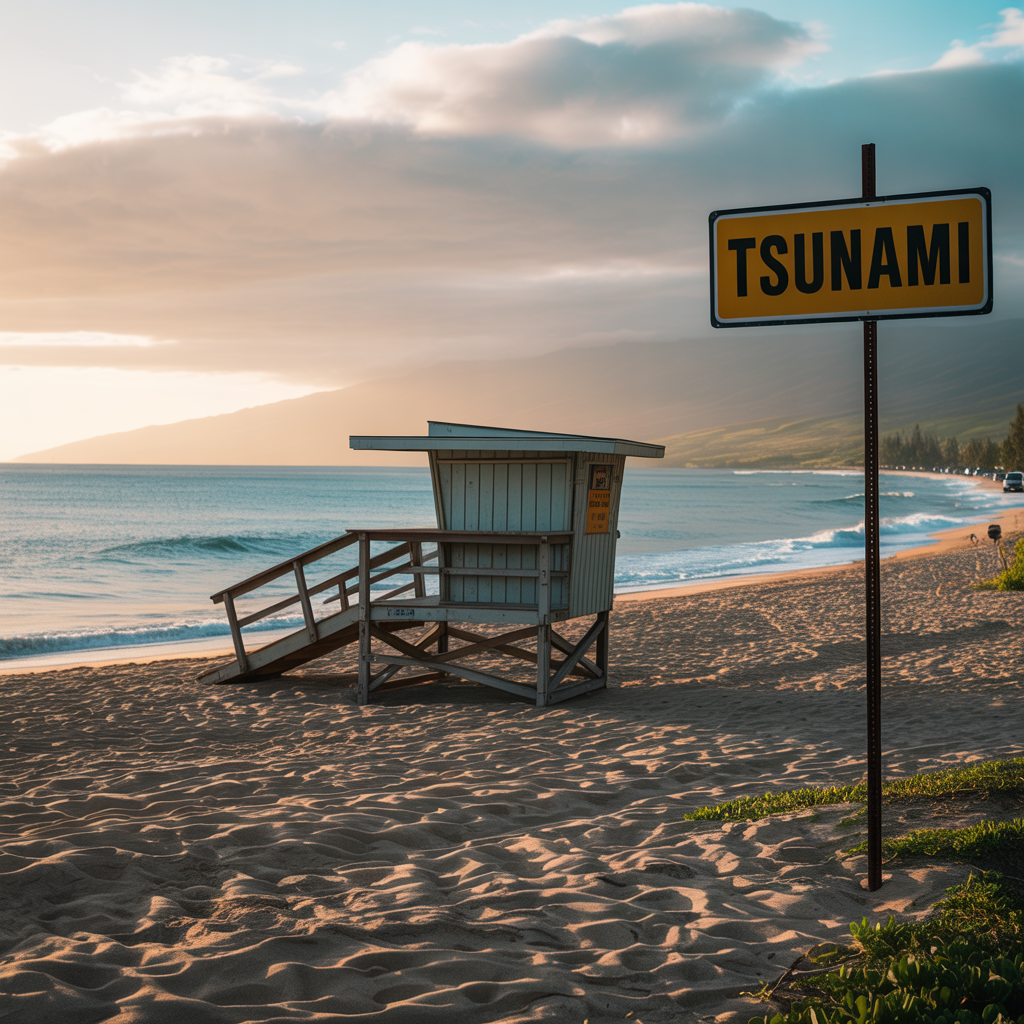
A Global Event That Touched Hawaii
Hawaii was placed on high alert following the 9.0 earthquake that devastated Japan. The waves caused millions of dollars’ worth of damage and floods, but they weren’t disastrous.
Real-Time Evacuations and Media Coverage
People had hours of notice because of sophisticated systems and worldwide media. The beach became hauntingly deserted, and roads were congested with evacuations.
Notable Small Tsunamis in Recent Years
Minor Waves with Major Lessons
Small tsunamis caused by distant earthquakes occurred in 2012, 2016, and 2022. Even though they didn’t do much damage, every evacuation exercise and siren test was important.
Near-Misses That Sparked Alerts
Tsunamis have occasionally subsided before reaching their destination. However, false alarms are preferable to fatalities.
Evolution of Tsunami Warning Systems

From Bell Towers to Satellites
In the past, neighbors were warned by setting fires or ringing bells. Today, every ripple is monitored by ocean buoys, satellites, and seismographs.
The Pacific Tsunami Warning Center
This first-line defense facility, with its headquarters on Oahu, keeps a close eye on maritime activity across the world around the clock.
How Tsunamis Have Shaped Hawaiian Culture

Respect for the Ocean in Native Traditions
The sea has long been revered by Hawaiians as a living force. Tsunamis are regarded as symbols of nature’s supreme strength as well as natural calamities.
Art, Songs, and Memorials
To honor the deceased and educate the next generation, numerous communities have produced songs, chants, and murals.
Tsunami Education in Hawaiian Schools
Monthly Drills and Public Awareness
Hawaii’s schools often rehearse for tsunamis. Children know how to remain composed, where to flee, and what to take.
Tsunami Zones and Safe Routes
“Tsunami Evacuation Route” signs are used to identify cities, serving as a constant reminder of the constant threat.
Architecture and Urban Planning After Tsunamis
Elevated Homes and Setback Zones
Houses are now constructed farther out from the shore or higher after disasters. After being demolished, Hilo was rebuilt with tsunamis in mind.
Revitalization of Hilo
Today, Hilo’s shoreline serves as a buffer zone and a park, both of which are useful and lovely.
The Role of Technology in Predicting Tsunamis

Buoys, Seismic Sensors, and AI
Real-time pressure change detection is now possible with deep-sea buoys. AI is beginning to improve the accuracy of tsunami behavior predictions.
Mobile Alerts and Community Networks
If a tsunami is approaching while you’re in Hawaii, your phone will alert you. Quite audible.
What To Do If a Tsunami Hits
Signs, Warnings, and Safe Zones
Run if the sea suddenly retreats. Avoid waiting for the siren. Move to a higher altitude and remain there.
Preparing a Family Evacuation Plan
Every Hawaiian family needs a “go bag,” a place to gather, and a well-thought-out strategy. It might save your life.
Conclusion
Hawaii has seen centuries of tsunamis, but they have also strengthened, educated, and prepared its people. The Aloha State keeps learning and evolving, from traditional chants to state-of-the-art technology. There are hazards associated with living in paradise, but we are prepared for the next wave since history is our teacher.
FAQs
How often do tsunamis occur in Hawaii?
Although they don’t happen every week or every month, Hawaii typically experiences one large tsunami every 12 to 20 years.
What’s the biggest tsunami to hit Hawaii?
The worst and most damaging tsunami in Hawaiian history was caused by the Aleutian Islands in 1946.
Are local or distant tsunamis more dangerous?
Local tsunamis are more dangerous due to minimal warning time, but distant ones can be much larger.
Can tourists be safe during a tsunami?
Indeed, Hawaii has first-rate warning systems. Be aware of evacuation routes and listen to local advisories if you’re visiting.
Has technology made Hawaii safer from tsunamis?
Indeed! Hawaii is now more prepared than ever to warn and protect its citizens, thanks to real-time mobile notifications and ocean buoys.
